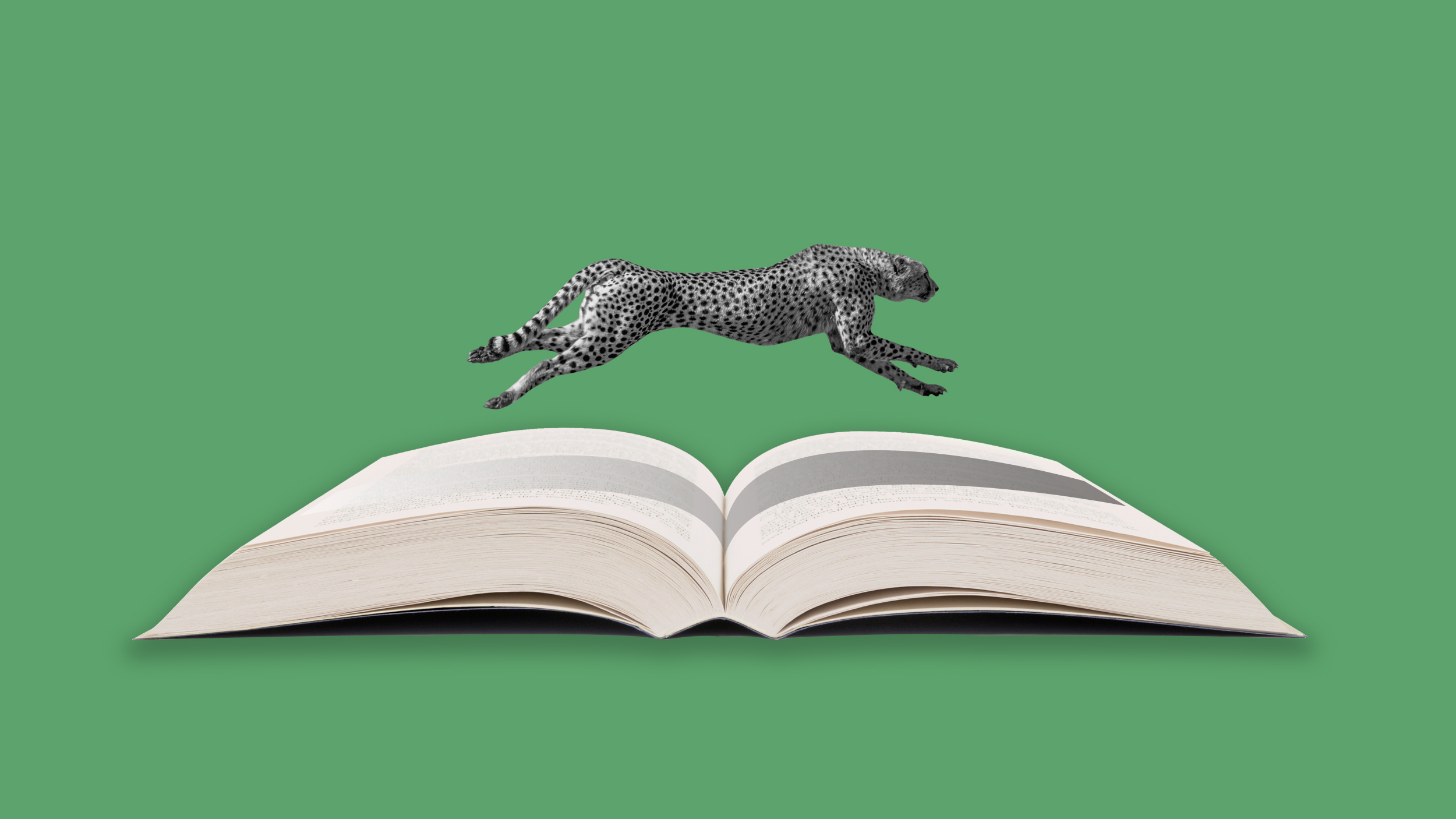How to maximize the brain benefits of storytime for infants

Not all books are created equal. Especially when it comes to the ones parents read to children to aid their development. A new study from the University of Florida points to an important characteristic to look for in children’s books.
Scientists have been emphasizing the importance of reading books to kids from a very early age. Reading books to infants has been associated with better vocabulary, comprehension and cognitive development later in childhood.
Reading every day helps babies get familiar with sounds, words, and language. It stimulates their curiosity and helps spark their imagination. Later on, books can help children differentiate between the real and imaginary worlds, as well as help them understand difficult experiences and the emotions associated with them.
But it is not just the act of reading that matters. Recent findings presented at the 2017 Pediatric Academic Societies Meeting showed that book-reading quality is also important and can predict early reading skills. Book-reading quality includes whether the stories are age-appropriate, whether parents have conversations with the child about the book, and whether they talk about and label the pictures and the emotions of the characters.
New research from the Brain, Cognition and Development Lab at the University of Florida is showing that labeling characters and objects individually is particularly important. It helps babies learn more and leads to more specialized brain responses. This is in contrast to books that refer to objects and characters in a generic way – be it in the storyline or the illustrations of the book.
The lab worked with parents and their infants around the age of 6 months. After measuring the children’s baseline responses and attention via EEG, the kids were divided in three groups with three different types of books their parents had to read to them.
One group had a book with six individually named characters, another one read the same story but in it all the characters were referred to with a generic label, and the third group didn’t require any special reading.
After three months, the results showed that only the first group benefitted from enhanced attention compared to the initial measurements. In addition, the brain activity of the babies in the first group, showed that they could distinguish between different characters, suggesting that even very young infants are able to use labels to learn about the world and that reading is a great tool to promote that.
Dr. Lisa S. Scott, one of the authors of the study says:
To reap the benefits of shared book reading during infancy, we need to be reading our little ones the right books at the right time.
For infants, finding books that name different characters may lead to higher-quality shared book reading experiences and result in the learning and brain development benefits we find in our studies. All infants are unique, so parents should try to find books that interest their baby.
My own daughter loved the “Pat the Bunny” books, as well as stories about animals, like “Dear Zoo.” If names weren’t in the book, we simply made them up.
Regardless of the type of book, reading in itself remains a very valuable activity. It promotes bonding and enhances the parent-child relationship by increasing their time spent together, their communication, and even providing additional time for physical interactions like cuddling.





